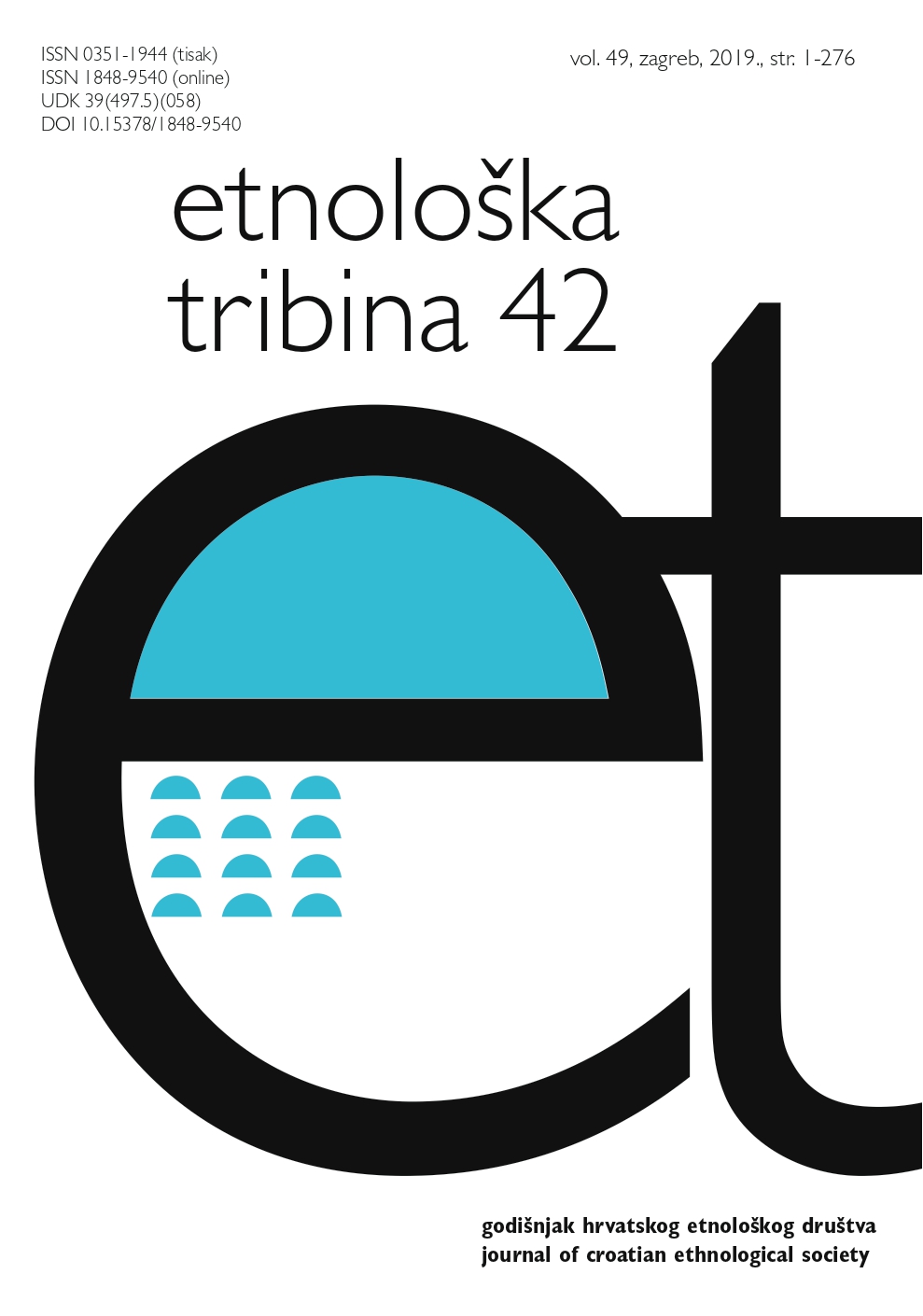Socially Engaged Architecture of the 1950s and Its Transformations. The Example of Zagreb's Workers' University
Abstract
This paper investigates the links between architecture and its social purpose and focuses specifically on the building and institution known today as the Public Open University Zagreb (Pučko otvoreno učilište Zagreb – POUZ), which was previously called Moša Pijade Workers' (and People's) University (Radničko (i narodno) sveučilište "Moša Pijade" – RANS). The paper examines the innovative and experimental nature of the architectural concept of socially engaged architecture as part of the societal modernisation of the 1950s and 1960s, as well as changes to its function up to the present post-socialist condition. The authors discuss the complex relationship between employees, beneficiaries, programmes and the architectural design and the political, economic and social context. The aim is to explore sociocultural categories and how culture, work, education and the city interacted with one another during different time periods. By using theoretical and methodological insights gleaned from cultural anthropological approaches to space and architecture, the paper demonstrates how the identity, significance and values ascribed to the production of public space were shaped, medialized and modified through time.

